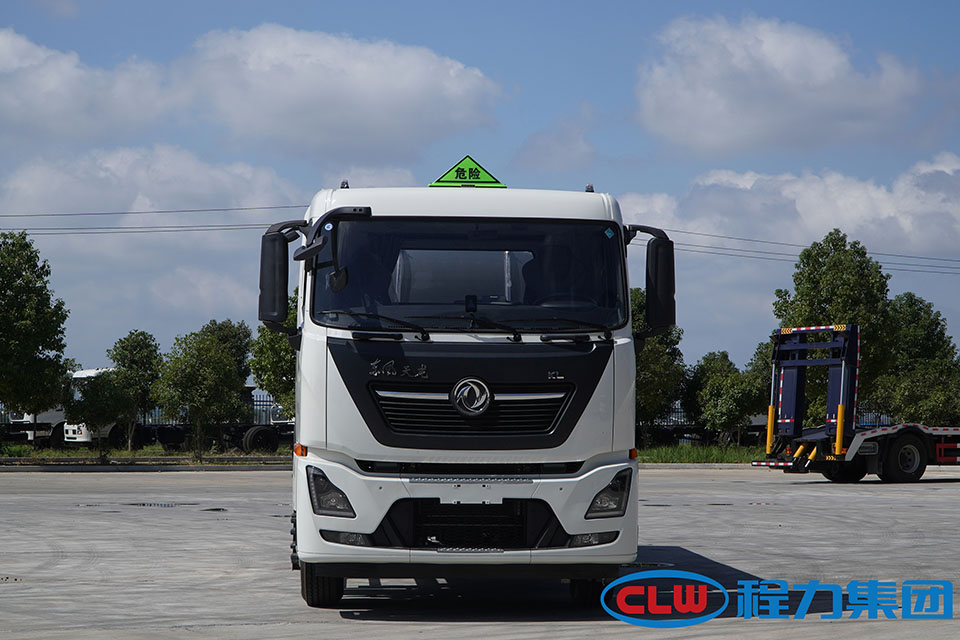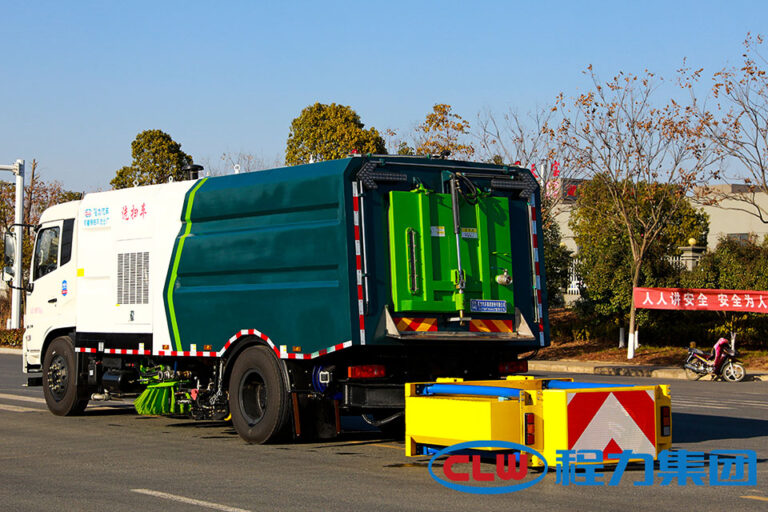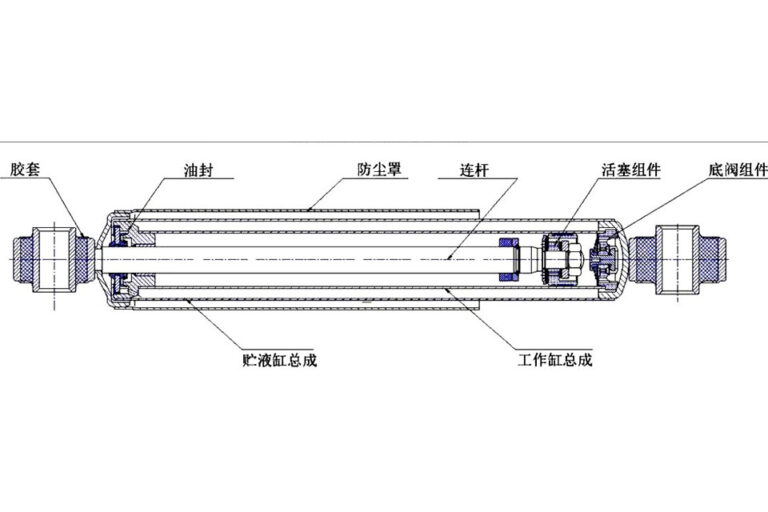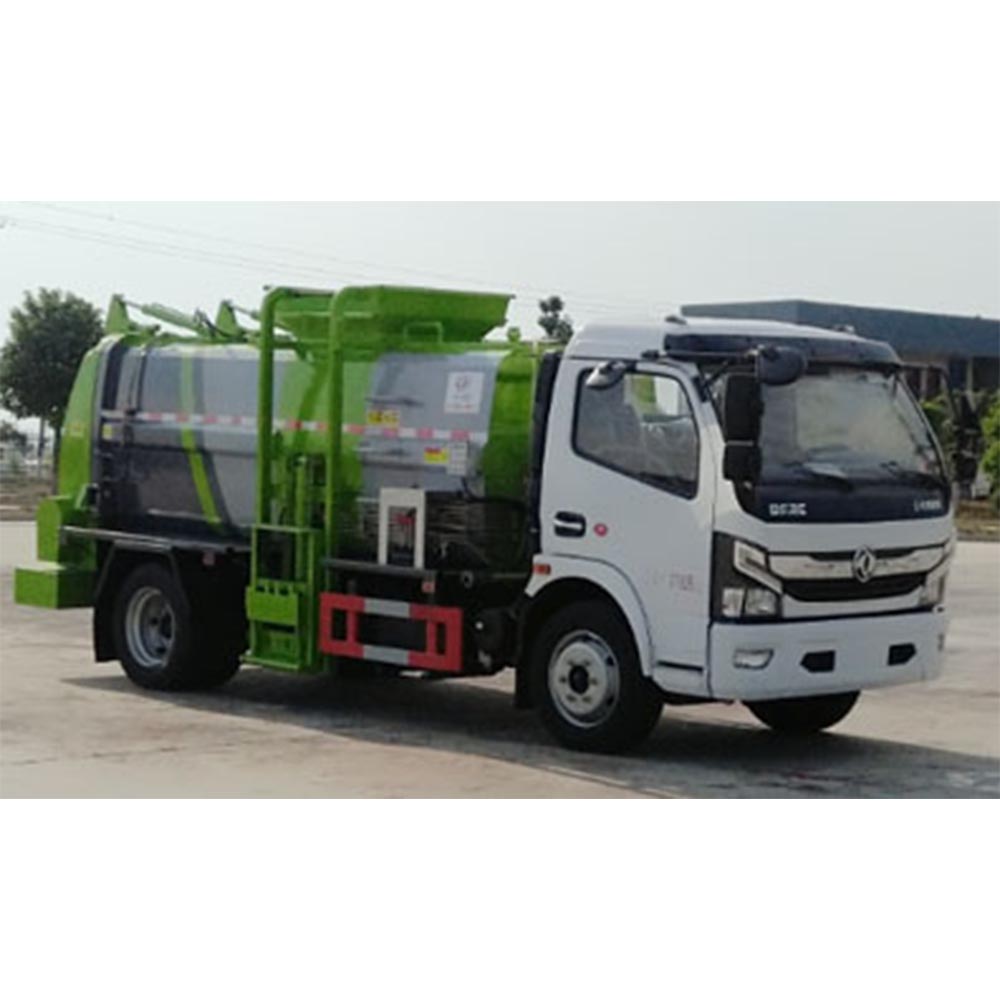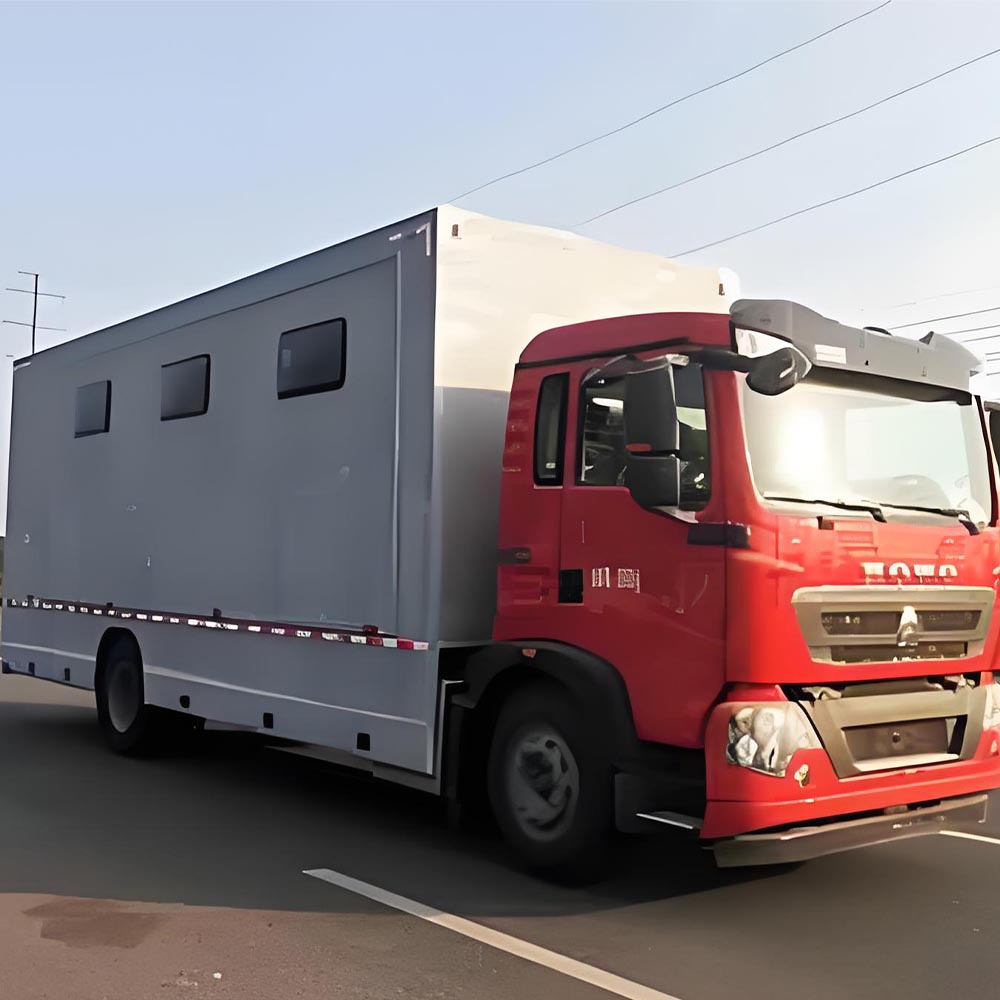-
Chengli Automobile Industry Park
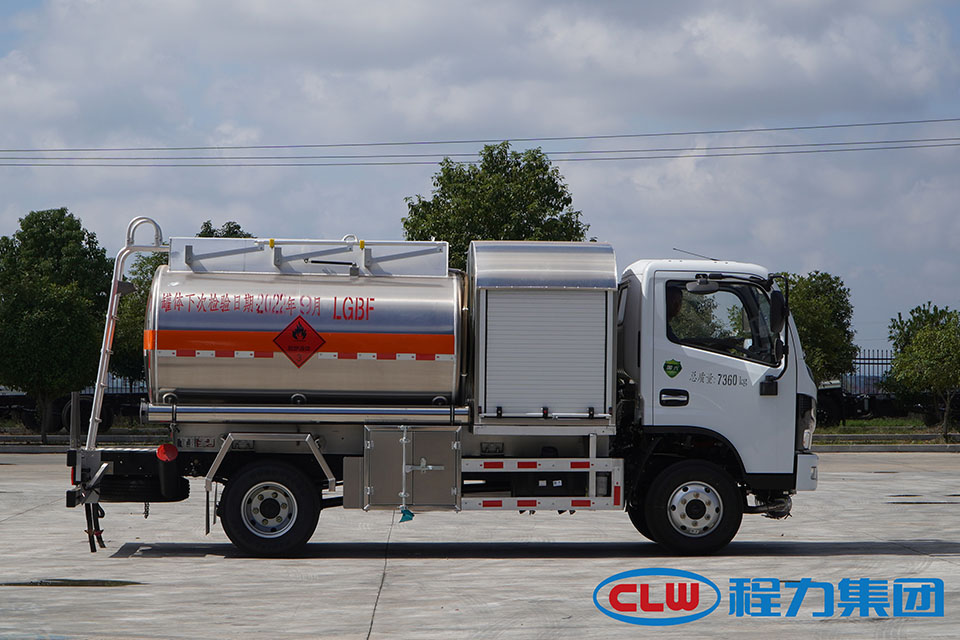
How are tanker trucks loaded and unloaded?
How Are Tanker Trucks Loaded and Unloaded?
Getting liquid cargo from one place to another is a big job. Tanker trucks do this work every day. But how do these big trucks get filled up? And how is the liquid taken out? Let’s look at the steps for loading and unloading tanker trucks.
Table of Contents
What Are Tanker Trucks?
Tanker trucks are big trucks that carry liquids. They can carry:
- Gas
- Oil
- Milk
- Chemicals
- Water
The US tank trucking market is growing fast. It will reach $61.73 billion by 2025. This shows how important these trucks are.
Tanker Truck Industry Overview
Market Trends & Safety Statistics
50+
Countries Served
1,786
Employees
$61.73B
Market by 2025
Loading Tanker Trucks: Step by Step
Before Loading Begins
Safety comes first when loading a tanker. Here’s what happens:
- The driver parks the truck at the loading spot
- The driver turns off the engine
- All electrical equipment gets turned off
- The driver walks around to check everything
This careful start helps stop fires or spills.
During the Loading Process
Now the real work begins:
- Connect hoses to the storage tanks
- Watch the fill levels closely
- Make sure nothing spills
- Check that all valves work right
A table showing what drivers check during loading:
| Check Point | Why It Matters | Safety Impact |
|---|---|---|
| Hose connections | Prevents leaks | Stops spills |
| Fill level gauges | Prevents overfilling | Avoids pressure buildup |
| Valve operation | Ensures proper flow | Controls liquid movement |
| Grounding wires | Prevents static sparks | Reduces fire risk |
| Tank integrity | Confirms no damage | Maintains containment |
After Loading Finishes
When the tank is full:
- Close all valves tight
- Disconnect and store hoses
- Check for any small spills
- Clean up if needed
- Get paperwork signed
Unloading Tanker Trucks Safely
Taking liquid out of tankers needs just as much care as putting it in.
Setting Up at the Delivery Site
First steps at the delivery spot:
- Park in the right unloading zone
- Turn off the truck completely
- Put up safety signs
- Check that the site is ready
The Unloading Process
Careful steps make unloading safe:
- Open the internal safety valves for no more than 2 tank parts at once
- Open the discharge valve very slowly
- Watch for any leaks
- Stay near the truck the whole time
- Keep checking everything
A real story shows why this matters. In one case, about 10-20 kg of hydrofluoric acid leaked during unloading because of a bad flange. This dangerous acid could hurt people badly.
After Unloading is Done
To finish the job safely:
- Close all valves
- Disconnect equipment
- Check how much liquid was delivered
- Clean up any small spills
- Get papers signed to show the job is done
Safety Rules for Tanker Operations
Safety is the biggest concern with tanker trucks. Here are the most important safety rules:
Preventing Rollovers
Tanker trucks can tip over more easily than other trucks because liquid moves inside them. Drivers must:
- Take turns slowly
- Avoid quick lane changes
- Load the truck properly
- Get special training
Working With Dangerous Materials
Many tanker trucks carry chemicals that can:
- Catch fire
- Burn skin
- Harm breathing
- Hurt the environment
Drivers need special hazmat training and must follow strict rules.
Keeping Equipment Working Well
Regular checks of these parts save lives:
- Valves
- Hoses
- Pumps
- Brakes
- Tires
The Tanker Truck Industry in 2025
The tanker business is changing fast. By 2025, we’ll see:
- More trucks on the road – ATA projects 1.6% growth in truck volumes for 2025
- Higher costs – DAT reports shippers should expect higher rates
- New technology – AI will help plan better routes
- Cleaner trucks – More electric and hydrogen tankers
The Liquid Transport Truck industry will keep growing to meet demand for fuel and chemicals.
New Technology for Safer Loading
New tools are making tanker loading safer:
Closed Loading Systems
Closed loading systems load from the top and stop spills and vapors. This helps keep workers safe from dangerous fumes.
AI-Powered Monitoring
Smart computers can now watch the loading process and spot problems early. This helps with both Fuel Tanker Trucks and chemical tankers.
Zero-Emission Equipment
New electric pumps and systems cut pollution during loading and unloading.
Challenges in Tanker Operations
Tanker truck companies face some big challenges:
Driver Shortages
Not enough drivers know how to handle tankers safely. Companies need to train more people.
Changing Rules
Rules about tankers keep changing. The Clean Truck Rule may change under the current government.
Equipment Costs
Buying and fixing tanker trucks costs a lot of money. Class 8 tractor sales were down 12% in Q4 2024.
Types of Tanker Trucks
There are many kinds of tanker trucks for different jobs:
- Fuel tankers – Carry gas and diesel to gas stations
- Chemical tankers – Move dangerous chemicals safely
- Food-grade tankers – Carry milk, juice, and other foods
- Water tankers – Bring water where it’s needed
For dangerous chemicals, special Corrosive Liquid Tankers are needed to keep everyone safe.
Loading vs. Unloading: Key Differences
| Activity | Loading Process | Unloading Process |
|---|---|---|
| Location | Fixed facility | Various customer sites |
| Equipment | Loading arms/pumps | Truck’s own systems |
| Time needed | Usually faster | Often slower |
| Main risks | Overfilling | Pressure problems |
| Monitoring | Facility systems | Driver responsibility |
Tips for Tanker Truck Operators
If you work with tanker trucks, remember these tips:
- Always check vehicle weight before and after loading
- Keep up with training on new equipment
- Never rush the loading or unloading steps
- Use all safety gear every time
- Report any problems right away
The Future of Tanker Truck Operations
The future of tanker trucks looks interesting:
- Automation will help with loading and unloading
- Electric tankers will become more common
- Digital systems will track every drop of liquid
- Hydrogen carriers will transport new types of fuel
- More General Purpose Tankers will have flexible designs
Final Thoughts
Loading and unloading tanker trucks takes skill and care. These big vehicles move the liquids our world needs. From gas for cars to chemicals for factories, tanker trucks keep things flowing.
By following the right steps, tanker operators keep themselves and others safe. New technology helps, but careful work matters most.
Understanding how tankers work helps us see the important job these trucks do every day.
